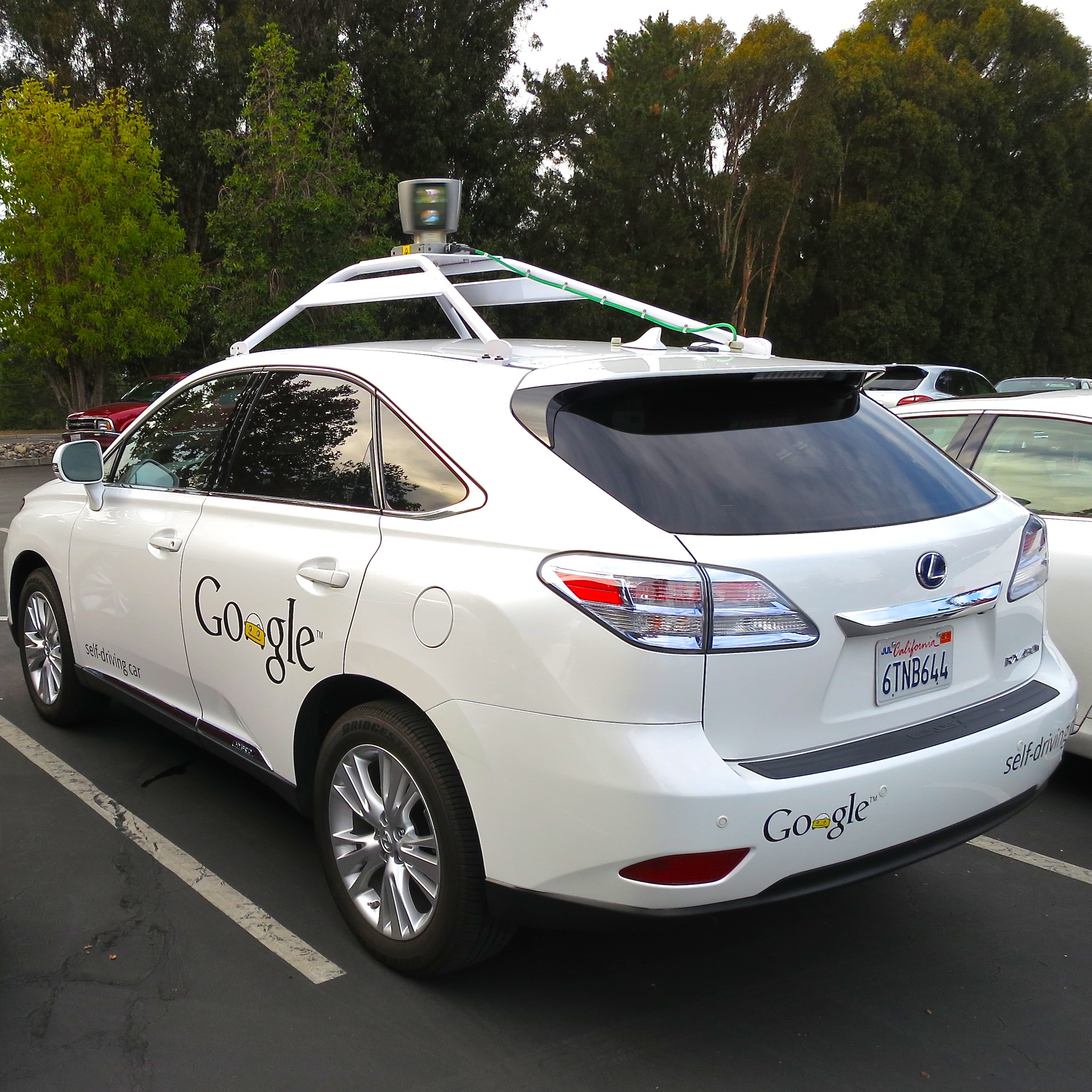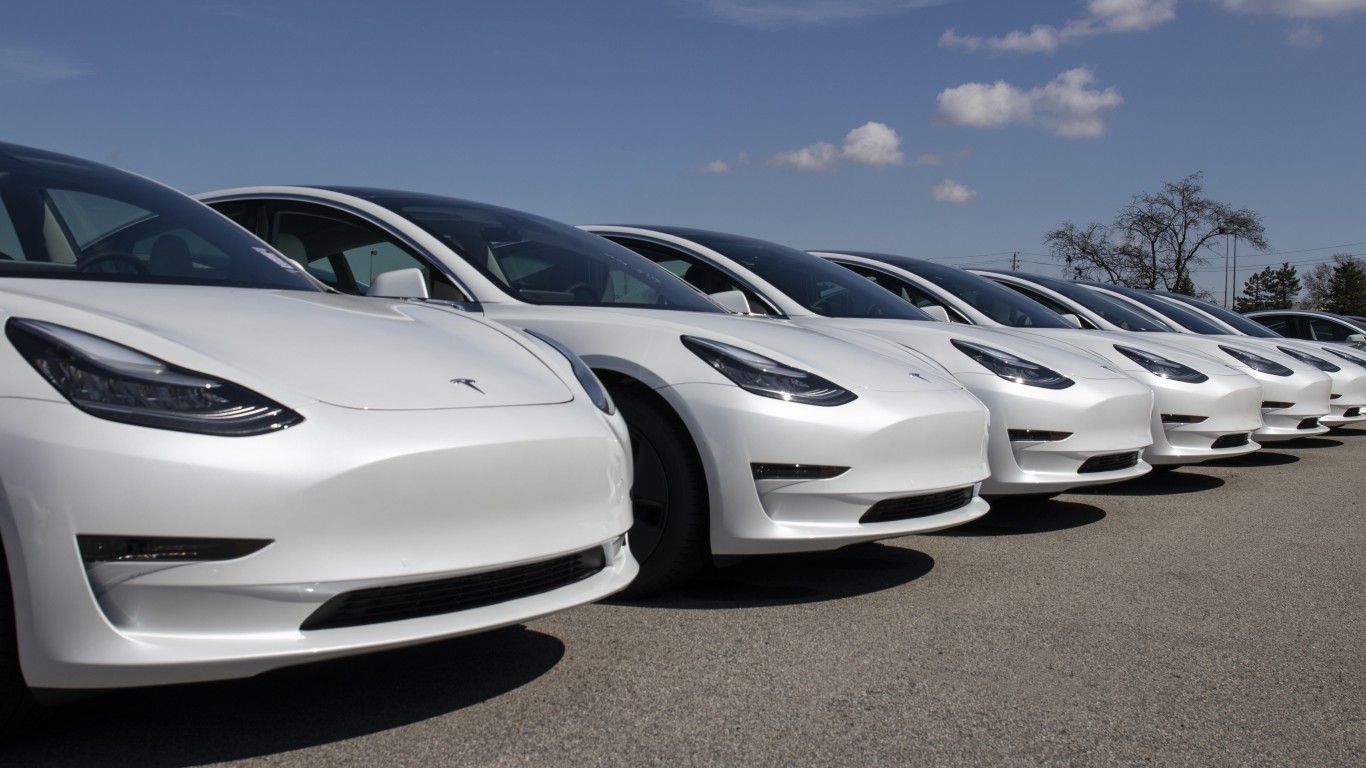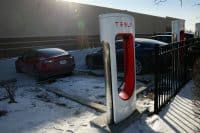
If every vehicle on U.S. streets and highways were fully loaded with self-driving (autonomous) technology, and if that technology were perfect, the country’s roads would undoubtedly be much safer and travel times would be much shorter. That day is easily years, if not decades, in the future.
One of the biggest hang-ups is likely to derive from the habits of the virtually unregulated technology industry that will have to get used to operating in a regulated automobile environment. Development speed is crucial in a high-tech business, where first-movers typically get the lion’s share of the profits (think Microsoft Windows and Apple’s iPhones).
New technology in the auto business is also critical, but the innovations must not compromise safety, and they must be fully tested and, oftentimes, approved by regulators before they can be sold. This all takes time, and more time that technologists are either used to giving or willing to give before they move on to the next challenge.
Another major problem that carmakers face is the cost of the technologies needed to make autonomous cars safe to operate. Current costs for the latest technology run into the tens of thousands of dollars per vehicle. Clearly that will come down as volume production rises, but can it drop by a factor of 50, to get it down to around what buyers are currently willing to pay.
A third major problem is U.S. infrastructure. Autonomous vehicles will have to operate on existing highways, roadways and city streets. Everything about self-driving vehicles will have to be done in software — whatever is necessary for autonomous vehicles to operate safely must be on board every vehicle. That means no buried wires, no “smart” speed limit or turn lanes signs, or special paint that would assist the vehicle in finding its way around. If it’s not in the software, it’s nowhere.
These problems will be overcome with time. As they currently exist, however, more autonomous (or semi-autonomous) cars will hit city streets and this combination of the future and the past sets up for some significant dangers. Here are 10 dangers that U.S. drivers face from self-driving cars, and will for some time.
Tipping Point
For autonomous vehicles to become an improvement in transportation safety, large numbers of drivers will have to own or lease or in some way use the technology.
Vehicle-to-Vehicle Communication
In order for a vehicle to be truly autonomous it must be able to “see” every other vehicle on the road and be prepared to respond to anything one of those vehicles might do. Pretty much like an attentive human driver. This technology will get better with time, but it’s still under development.
Driver Attention
Autonomous driving technology may give drivers a false sense of security. Even partially autonomous vehicles can increase a driver’s reaction time to a changed driving situation. With a driver in full control of the car, it takes less than a second to react to an unexpected event; an NHTSA study in 2015 found that it could take the “driver” of a semi-autonomous vehicle up to 17 seconds to respond.
Hackers
An autonomous vehicle can be hacked just as any other computing device. A competent hacker — of which there is no shortage — could soon figure out a way to take control of a vehicle’s steering or acceleration. The consequences are frightening.
Hijacking
If a hacker can take control of an autonomous vehicle, then that same person could gain access to personal information that could be sold or, more likely, held for ransom by the attacker. Accomplished on a large enough scale, hijacking autonomous vehicles — again for profit — could create chaos on a nation’s roads.
Weaponized Vehicles
This potential threat actually has an upside. The truck that drove into a crowded French beach and killed 86 people could have been stopped if authorities had had the ability to take control of the vehicle remotely. The downside, of course, is that a terrorist could gain control of an autonomous vehicle and use it as a weapon.
Weather
We’ve already mentioned that the vast roadway infrastructure will have to be accepted as a given, without massive upgrading. Something as simple as a heavy rain or snowstorm could hide or distort the painted lines on roads and highways, making autonomous navigation systems, if not useless, at least erratic.
GPS Systems
Autonomous vehicles depend on accurate mapping through GPS. Without it, a vehicle could turn the wrong way onto a one-way street or fail to recognize the road a vehicle is traveling on. These systems are good, but they’re not perfect, and something nearer perfection is almost certainly required.
Computer Malfunction
Anyone who has used a computer has at one time or another experienced some unexpected glitch that causes the machine to act unpredictably or stop altogether. This sort of thing is becoming increasingly rare, but a failure while traveling at high speed on a road is orders of magnitude more dangerous than having a computer glitch while watching a video on the living room couch.
Lost Jobs
While not directly a danger to life and limb, if taxi fleets, over-the-road trucking and municipal transportation systems all convert to autonomous vehicles, millions of people will lose their jobs. Are governments ready for that?
Travel Cards Are Getting Too Good To Ignore (sponsored)
Credit card companies are pulling out all the stops, with the issuers are offering insane travel rewards and perks.
We’re talking huge sign-up bonuses, points on every purchase, and benefits like lounge access, travel credits, and free hotel nights. For travelers, these rewards can add up to thousands of dollars in flights, upgrades, and luxury experiences every year.
It’s like getting paid to travel — and it’s available to qualified borrowers who know where to look.
We’ve rounded up some of the best travel credit cards on the market. Click here to see the list. Don’t miss these offers — they won’t be this good forever.
Thank you for reading! Have some feedback for us?
Contact the 24/7 Wall St. editorial team.



